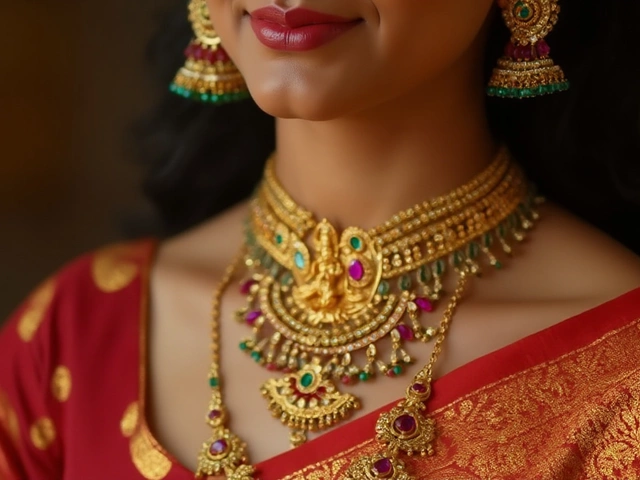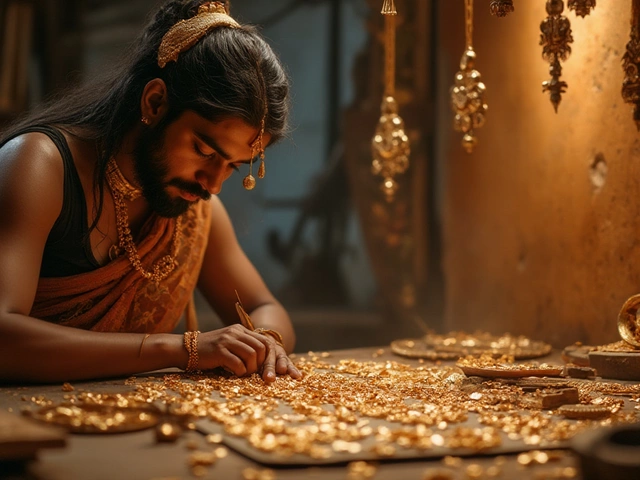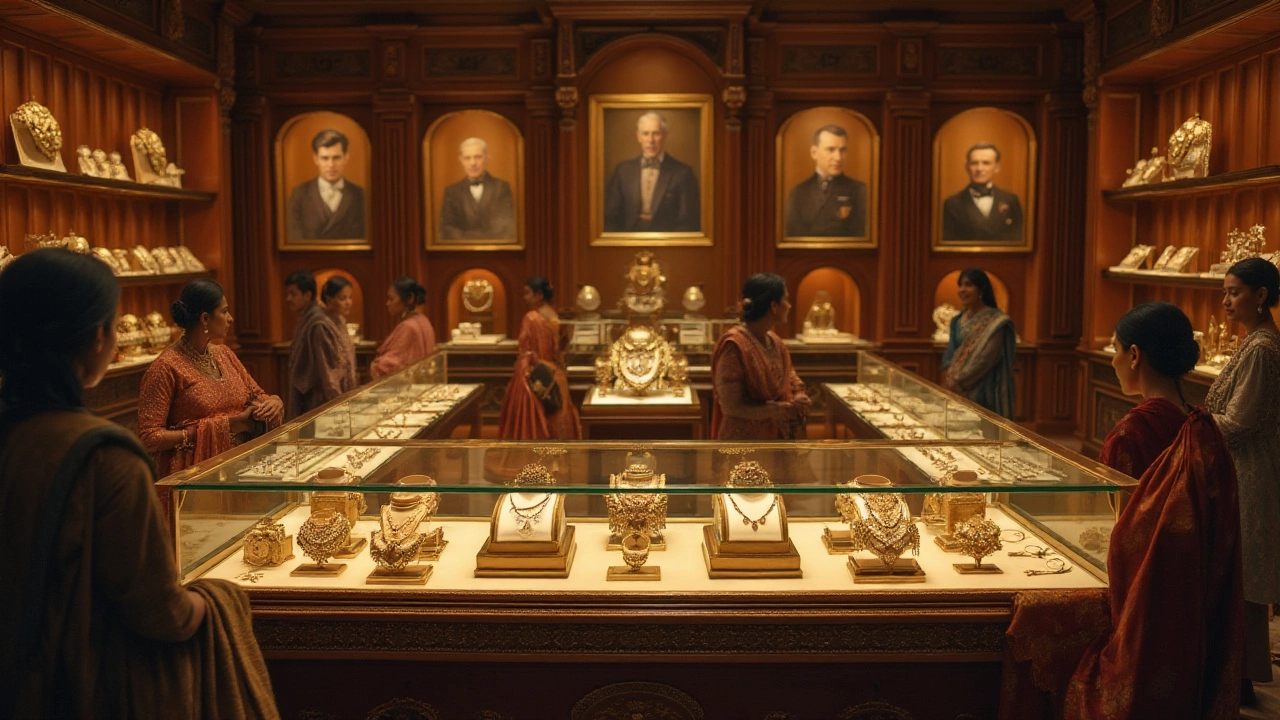
When it comes to jewelry, beauty and style are often paramount, yet for many collectors and investors, resale value carries equal weight. Antique jewelry, in particular, can hold incredible value and offer surprising returns if you know where to place your bets.
Understanding which brands maintain their worth over the years can be both an art and a science. Craftsmanship, rarity, and brand pedigree play significant roles in this intricate market. As more people uncover the potential for profit in antique pieces, having insight into the brands that perform best can make a world of difference.
- Understanding Resale Value
- Factors Influencing Jewelry Value
- Top Jewelry Brands for Investment
- Tips for Buying Antique Jewelry
- Future Trends in Jewelry Resale
Understanding Resale Value
Resale value is often the hidden gem in the world of antique jewelry. While the initial allure of a shimmering necklace or a gleaming bracelet might catch the eye, the true worth of these pieces often lies in their value retention and potential appreciation over time. Understanding what contributes to the resale value of jewelry can transform a simple purchase into a savvy investment. Whether you're a seasoned collector or a newcomer to the world of antique designs, learning the nuances of the market can pay dividends.
Several factors contribute to the resale value of antique jewelry. Provenance plays a critical role, as pieces with documented histories or those that are associated with significant events or notable figures can command premium prices. The materials used also significantly impact value. Jewelry crafted from rare gemstones or metals not only holds its value but often appreciates due to scarcity. Additionally, the craftsmanship and design can set a piece apart, with intricate and unique designs being more desirable in the eyes of collectors and investors alike.
A brand's reputation is another crucial factor in determining resale value. Brands like Cartier and Tiffany & Co. have long established themselves as leaders in the industry, known for their exceptional quality and design. Their pieces often possess a mystique that elevates them above other brands. As a result, these brands tend to enjoy a consistent and high resale value. In the words of renowned jeweler Laurence Graff,
"Jewelry allows you to invest in something that both appreciates in value and brings joy for generations."
Market trends and economic factors can also sway the resale value of jewelry. For instance, economic downturns can lead to an increase in the popularity of gold as a safe haven investment, indirectly influencing jewelry prices. Likewise, cultural trends and shifts in style preferences can affect demand. However, classic and timeless pieces tend to weather these fluctuations better, making them a valuable choice for those looking to invest in antique jewelry.
Understanding resale value isn't just about historical or intrinsic value, though. It's also a matter of knowing when and where to sell. Auctions can often achieve higher prices for pieces in demand, largely due to reaching a broader audience. However, the conditions and fees involved also require careful consideration. It's essential to be well-informed about such options to maximize the return on investment. This is particularly relevant for pieces that are considered investment-grade—a term used to describe jewelry expected to retain or even increase in value over time.
Antique jewelry with high resale value offers more than just financial benefits. They carry history, stories, and, ultimately, timeless beauty. Whether you're purchasing for personal pleasure or as a financial strategy, understanding the factors that contribute to a piece's resale value can lead to more informed and rewarding decisions. With these insights, you are well-equipped to navigate the intricate and fascinating world of antique jewelry investment.
Factors Influencing Jewelry Value
In the realm of antique jewelry, understanding the elements that contribute to a piece's resale value is essential. Various factors interplay to determine how much a piece might fetch in the market. First, the craftsmanship and skill that have gone into building a piece play a crucial role. Jewelry made by renowned artisans or bear intricate details often endures the test of time, allowing it to maintain or even increase in value. The level of artistry influences not only the visual appeal but also the structural integrity of the piece, leading pieces of exquisite craftsmanship to become more valued by collectors and investors alike.
Then, there's the secondary consideration of rarity and origin. Items gleaned from significant historical periods or renowned collections can carry much weight. Pieces from times where artisan techniques were prominent or periods characterized by unique styles tend to draw more interest and demand. A piece's origin story can also add layers to its valuation, giving depth to its historical significance. This factor of rarity takes into account the limited availability and unique features which are often preferred by serious collectors.
The identity of the brand also plays a pivotal role. Established brands, known for consistent quality and heritage, often see their jewelry increase in value over time. Brands such as Cartier, Tiffany & Co., and Van Cleef & Arpels are often sought after. Buyers feel they’re not merely purchasing jewelry, but acquiring a piece of rich history from a reputable brand. This connection to legacy enhances a piece's market attractiveness.
"Antique jewelry is not merely about ornamentation but about storytelling," says renowned jewelry historian, Joanna Hardy. "Every piece carries a narrative that builds its prestige and the more storied—and often branded—the piece, the more distinguished its market presence."
Additionally, market trends and personal tastes can sway the market significantly. As certain styles come back into fashion, demand might rise for pieces reflecting popular eras or motifs, such as Art Deco or Victorian designs. When a particular jewelry style gains popularity, prices often reflect this surge in demand. Thus, keeping an eye on trending styles serves well for investors and enthusiasts aiming to sell.
Finally, precious materials including gemstones and metals have their intrinsic value which affects the resale value. The pure quality and size of stones like diamonds, emeralds, or sapphires can greatly enhance a piece's worth. Similarly, jewelry crafted in platinum or gold retains its worth, given the ongoing demand for these materials. These tangible assets provide security to the valuation of jewelry beyond mere aesthetic value.
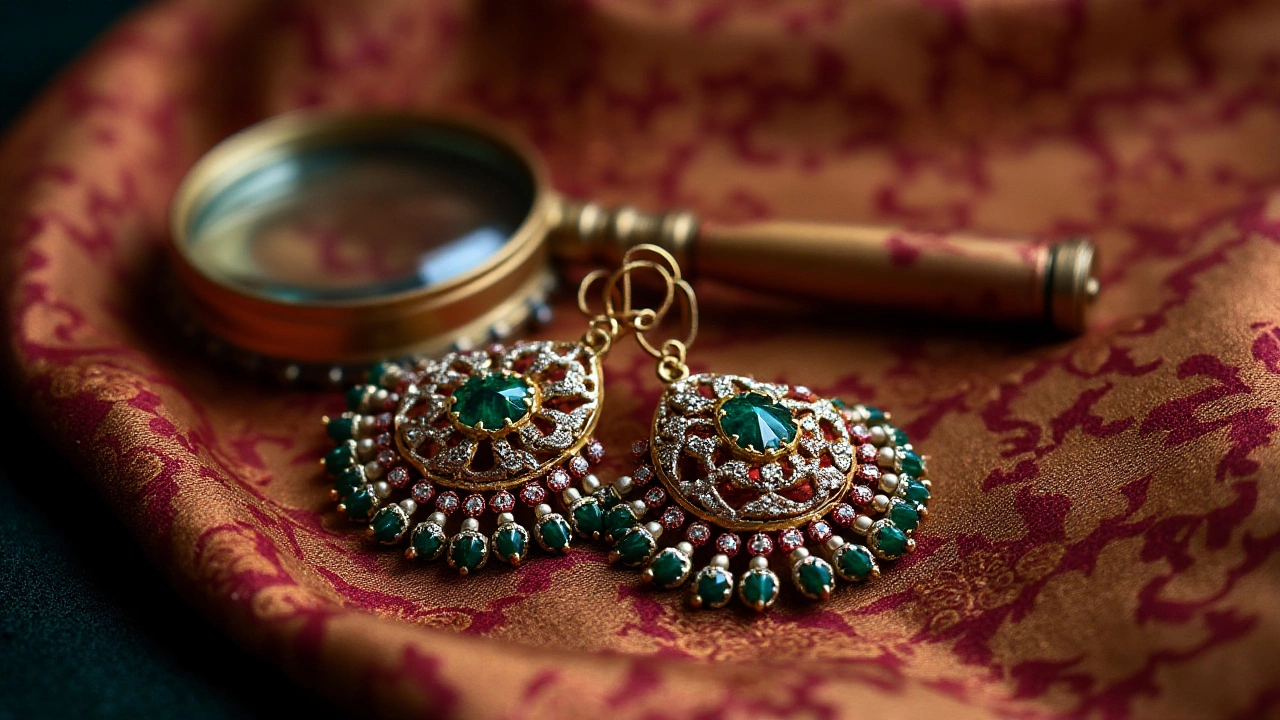
Top Jewelry Brands for Investment
Investing in antique jewelry requires a keen eye for brands that not only showcase exquisite craftsmanship but also hold a strong resale value. One of the most revered names in this domain is Cartier. Known for its timeless designs, Cartier jewelry often features distinctive elements like panthers and hearts, which continue to captivate collectors worldwide. Their pieces are celebrated for unparalleled craftsmanship, often seen adorned with precious stones such as diamonds and emeralds.
Bvlgari is another illustrious brand recognized for its vibrant aesthetics and bold use of color. Famous for the Tubogas designs and Serpenti collections, Bvlgari jewelry offers a fusion of Italian elegance and rich tradition, making it an attractive option for investors looking to diversify their portfolios. The use of rare stones and innovative design techniques completes their allure.
Van Cleef & Arpels, a French brand synonymous with enchantment and meticulous attention to detail, also commands considerable respect in the investment market. Their coveted Alhambra and Mystery Setting collections are often viewed as works of art, and they have consistently maintained high resale values. This brand's pieces are often rich in history, and some are considered iconic artifacts by collectors.
Harry Winston, known as the 'King of Diamonds,' offers a unique investment opportunity. With a focus on the rarest and most celebrated diamonds, Winston's creations often result in soaring resale values. Their reputation for crafting jewels that capture light in dazzling ways solidifies their status as a top-tier investment option in the valuable jewelry brands category.
Occasionally, live auctions and private sales reveal that these brands lead the market. In one notable auction, a Cartier necklace sold at Christie's eclipsed its estimated price by nearly double due to its immaculate condition and historical significance. In an article by Financial Times, it was noted,
"The artistry and rarity of pieces from these brands often transcend the material value of the jewelry itself."Knowing the stories behind these brands not only enriches your collection but can also significantly impact future resale value.
An often overlooked yet valuable player in the resale market is Tiffany & Co. This brand has managed to maintain a legendary status by combining classic elegance with innovative designs. Its easily recognizable settings and iconic replicas, such as the Tiffany Setting engagement ring, have ensured its place as a leading choice for investors.
Tips for Buying Antique Jewelry
Venturing into the world of antique jewelry can feel like stepping into a time machine, with each piece whispering stories from the past. For those eager to invest in or simply enjoy such timeless treasures, a few essential guidelines can ease the journey. Firstly, knowledge serves as your most trusted companion. Before anything else, delve into the history and hallmarks of jewelry items you find captivating. This means understanding the significance of period-specific styles, like the bold symmetry of Art Deco or the delicate motifs of the Victorian era. Books, online resources, and even apps dedicated to antique jewelry designs can be invaluable in helping you learn to spot the genuine from the clever impostors.
Condition reigns supreme when assessing the potential resale value of antique pieces. Examine each item meticulously. Look for signs of repair, which, while not inherently negative, should be done by a skilled artisan to preserve the piece's integrity. Be wary of overly polished finishes that might indicate a loss of original details, reducing its historical appeal. Jewelry resale value often hinges on how much of the piece's authenticity and originality remain intact. A pair of magnifying glasses or a jeweler’s loupe can reveal essential details such as maker’s marks or signatures, tiny clues that help verify authenticity.
Provenance and documentation cannot be overstated when investing in notable antique jewelry brands. A piece with well-documented history or a storied background often captures higher market interest. Procuring original certificates, receipts, or even a letter from the item’s previous owner might enhance its desirability. Auction houses and reputable dealers often provide such documentation, ensuring that what you acquire is the real deal. Don't shy away from consulting experts or professional appraisers to confirm the piece’s value. According to renowned appraiser Lisa Blackwell, "A well-maintained paper trail can add significant allure and ensure confidence in the value of your purchase."
"Jewelry, much like art, finds its true worth in the blend of beauty, history, and rarity," summarizes Blackwell.
When purchasing from online platforms, proceed with caution. The convenience of the internet introduces risks, such as the potential for deceptive listings or misrepresented items. Always buy from sellers with positive reviews and verified credibility. Many well-known online marketplaces have buying protections in place, which is a huge relief, but it’s also wise to acquaint yourself with the refund policies just in case things don't go as planned. Use high-resolution photos and detailed descriptions as a basis for comparison with known authentic pieces. If you happen to stumble upon an unbelievable deal, remember the age-old adage: If it seems too good to be true, it probably is.
Finally, trust your instincts. While it’s important to approach buying antique jewelry with a strategic mindset, your love for the piece should also play a part in the decision. After all, jewelry is meant to be cherished, worn, and admired. Whether adding to your personal collection or considering it from a financial perspective, let passion be your guide, ensuring you truly resonate with your chosen piece. If you find a piece of jewelry that sparks joy, those are the ones likely to enhance not only your collection but possibly your investment return as well.
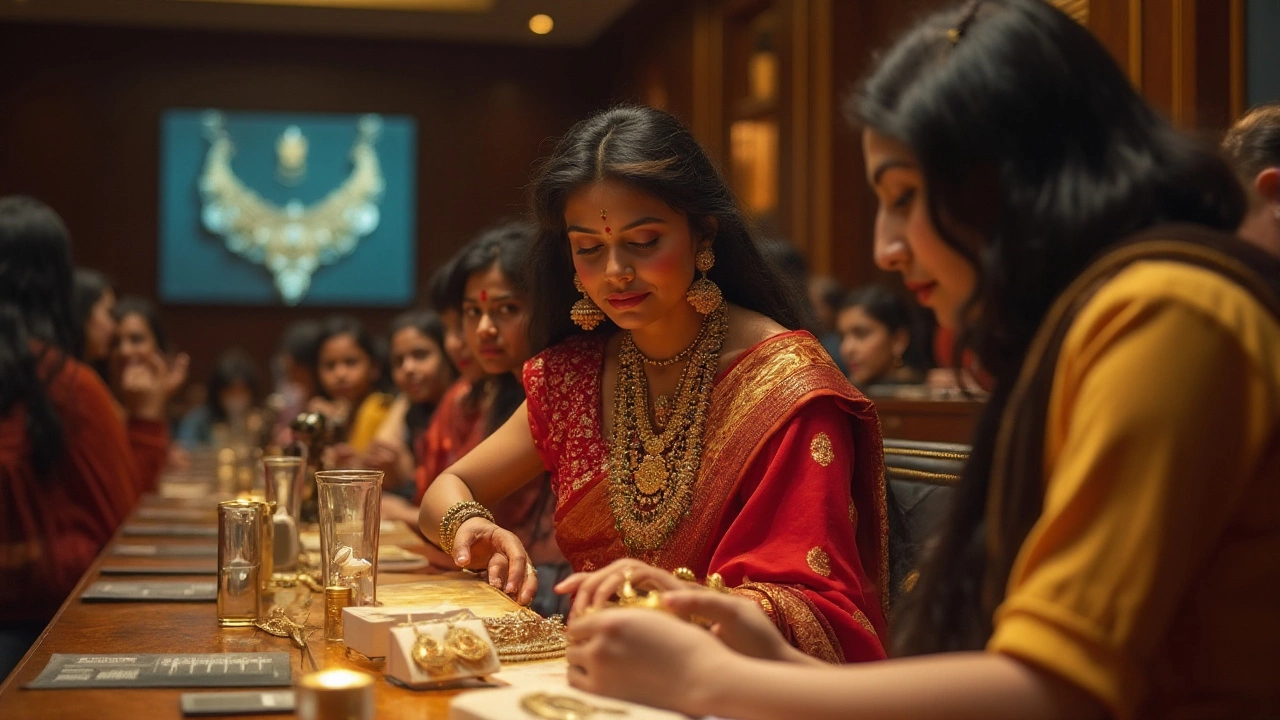
Future Trends in Jewelry Resale
The resale market for jewelry is poised to experience significant shifts as we move deeper into the digital age. With the rapid expansion of online platforms, buying and selling antique jewelry has become more accessible than ever. Collectors and investors are increasingly turning to digital marketplaces, which allow them to reach a global audience. This trend is likely to continue, reducing the need for traditional brick-and-mortar auctions and exhibitions.
Within this evolving landscape, transparency in the value and authenticity of pieces is becoming paramount. Blockchain technology offers a solution by providing digital certificates that verify a piece's provenance and authenticity. This can enhance buyer confidence, particularly in the arena of high-value transactions, where fraudulent claims have historically posed challenges. Furthermore, the increased use of artificial intelligence in evaluating jewelry is helping appraisers and buyers alike to make more informed decisions.
Sustainability is another significant trend impacting the jewelry market. With consumers becoming more environmentally conscious, there is a growing demand for responsibly sourced pieces. Brands that emphasize ethical mining practices or create jewelry using recycled materials will likely see a boost in their resale value. As such, antique jewelry that adheres to ethical standards—the kind that collectors and investors are starting to favor—is expected to appreciate more rapidly.
According to Susan Abeles, Sotheby's Senior Vice President, “As the younger generation enters the market, we see a decisive shift towards unique pieces with clear histories. People are not just buying jewelry; they are buying stories.” This shift towards storytelling emphasizes the importance of a piece's history, adding layers to its intrinsic value and potentially increasing its resale value.
Lastly, demographic changes are influencing what jewelry attracts attention in the resale market. Younger buyers are less interested in traditional designs and more inclined towards versatile pieces that blend with modern attire. This change in taste is prompting sellers to reconsider their collections, balancing timeless pieces with innovative, rare finds that appeal to a contemporary audience. As the world continues to change, keeping a finger on the pulse of these trends can mean the difference between a solid investment and a missed opportunity.

